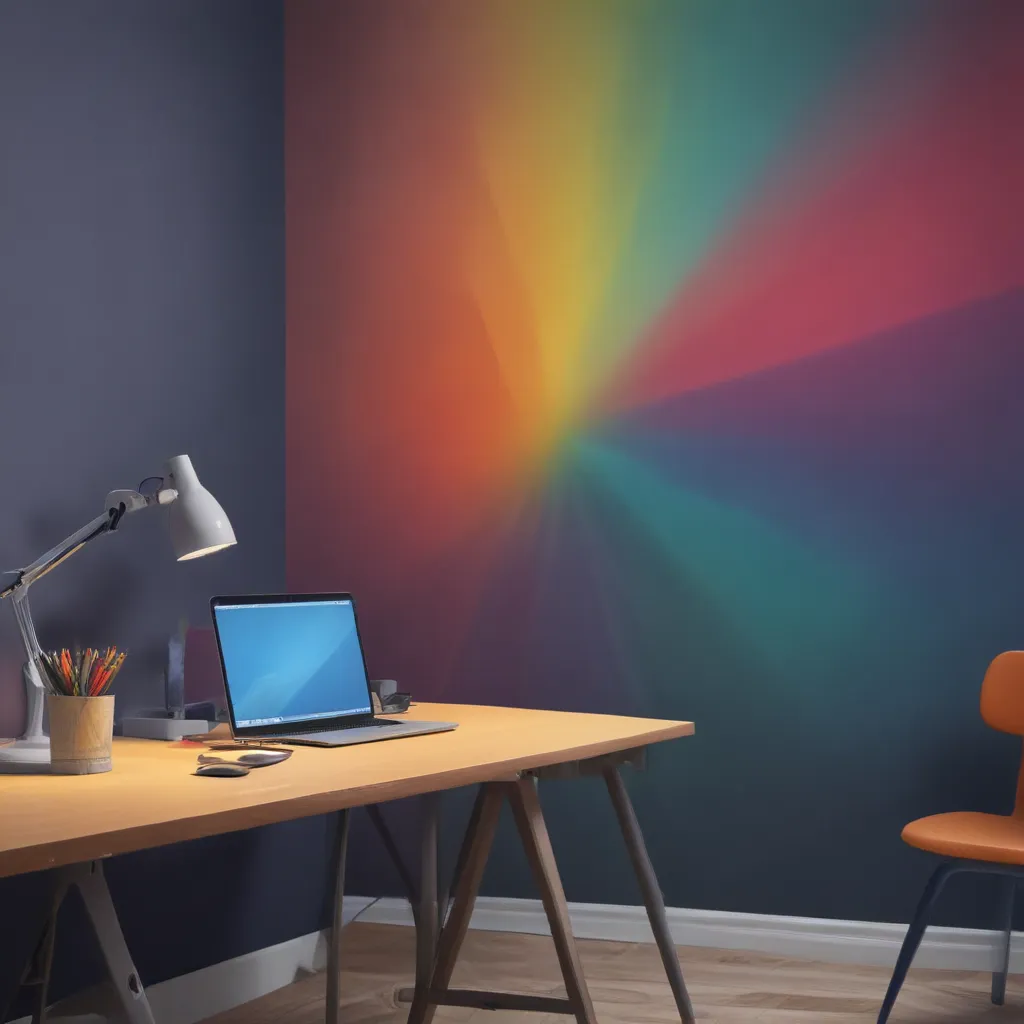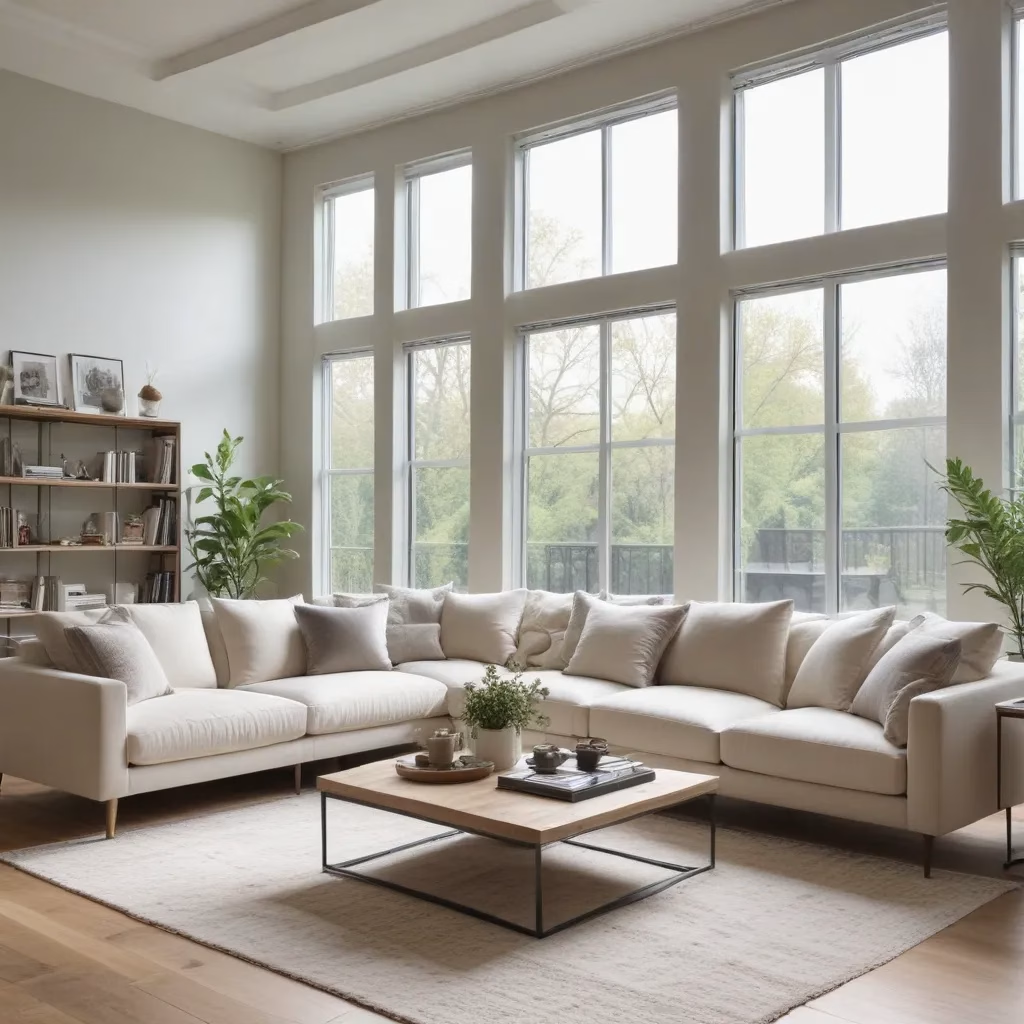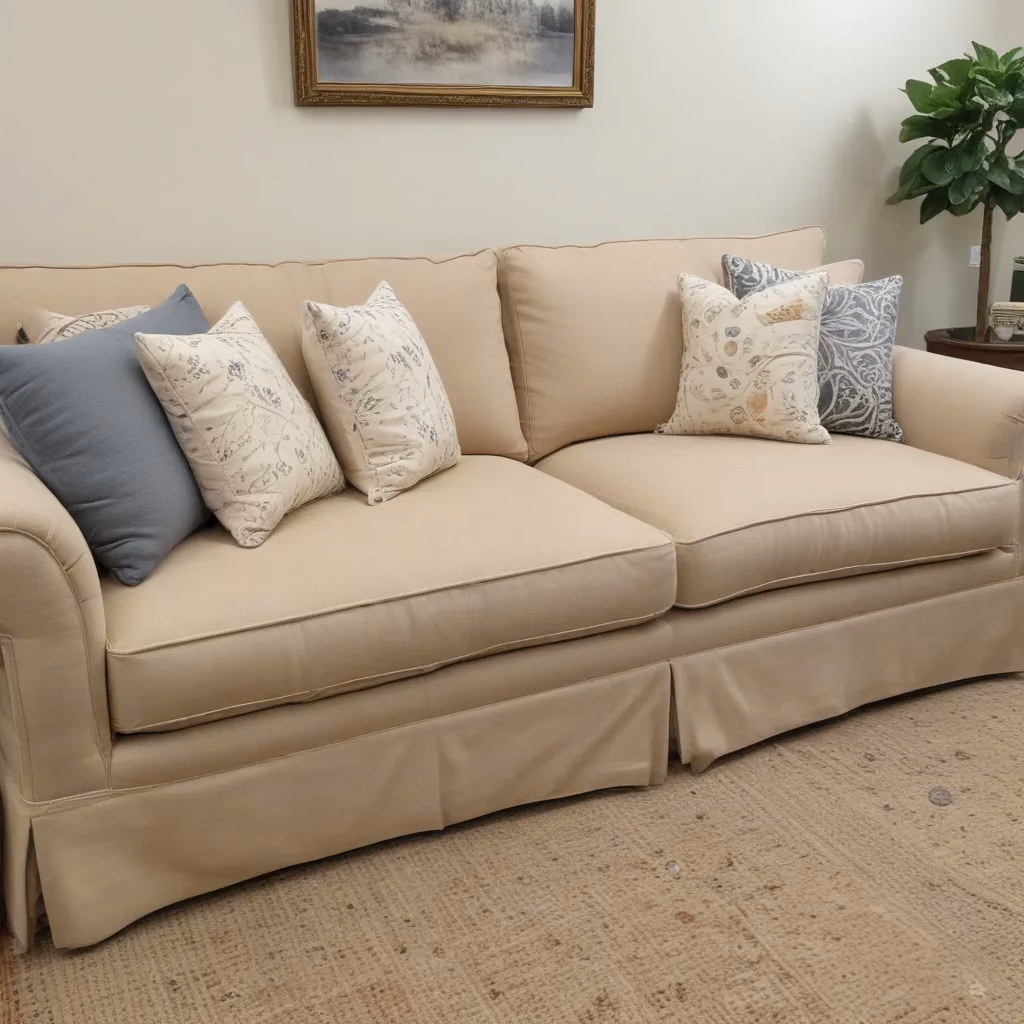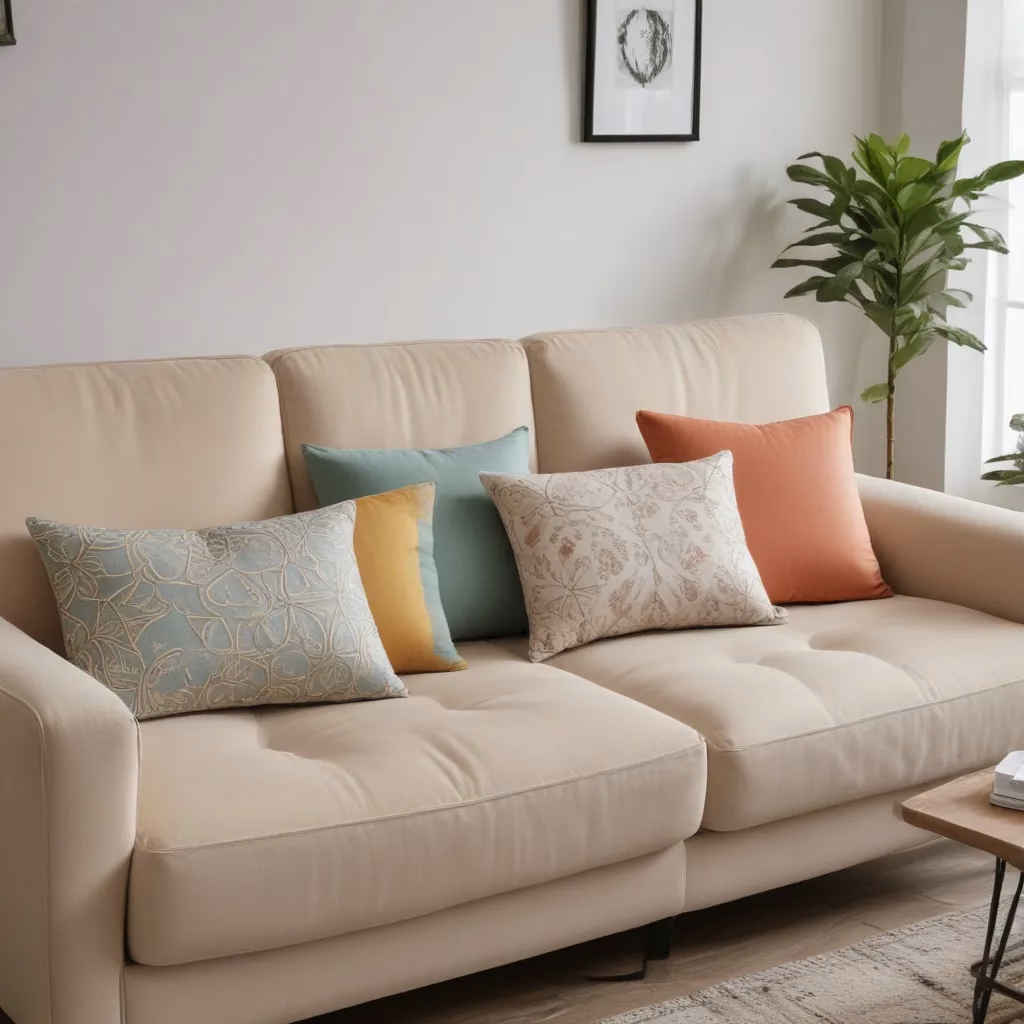Have you ever found yourself feeling a little blah, only to realize it’s because you’ve been staring at the same muted walls in your home office for months on end? Or maybe you’ve noticed that wearing a bold, vibrant outfit can instantly put a spring in your step?
It turns out there’s some real science behind the way color can influence our moods, energy levels, and overall productivity. As someone who spends a lot of time in my custom sofa from Sofas Spectacular, I’ve become fascinated by the psychology of color and how carefully curating the colors in my environment can impact my daily life.
The Psychological Power of Color
Color is a powerful communication tool that can be used to signal action, influence mood, and even trigger physiological reactions. According to the Mental Health America organization, “Certain colors have been associated with physiological changes including increased blood pressure, increased metabolism, and eyestrain.”
It’s amazing how much of an effect these little pigments can have on our minds and bodies. As psychologist Rachel Goldman, PhD, puts it, “It’s amazing how colors can truly impact our mood and influence our behavior.”
Take a moment to think about your own experiences with color. Is there a particular shade that always seems to lift your spirits, or one that tends to bring you down? Perhaps the bright, sunny yellow of your favorite sweater puts a smile on your face, while the dark, dreary gray of a rainy day leaves you feeling lethargic and unmotivated.
The Meaning Behind Different Colors
So what is it about certain colors that can have such a profound impact on our emotions and productivity? Let’s take a closer look at the psychological associations and effects of some of the most common hues:
Red
Red is one of the most intense, stimulating colors out there. It’s a warm, generally positive, and motivating color that can raise a room’s energy levels. Muted shades of red can evoke feelings of love, passion, and sensuality, while brighter hues may trigger stronger emotions like anger, strength, and power. A little red can go a long way – just an accent wall or a few pops of color in your décor can help invigorate you.
Orange
Like red, orange is another stimulating color that can trigger feelings of enthusiasm and passion. Its revitalizing nature is said to boost oxygen flow to the brain, making you feel more vivacious and energized.
Yellow
Yellow is considered the most optimistic, hopeful color, likely because of its association with sunlight. It’s an intense, motivating hue that can trigger feelings of happiness, intelligence, and creativity. But be careful – too much bright yellow can also be overwhelming or even anxiety-inducing, especially if you’re already feeling stressed.
Pink
Pink is associated with kindness, love, and feelings of peace, calm, and hopefulness. Brighter shades like fuchsia are linked to higher energy and confidence, while softer pastel pinks can evoke a sense of quiet strength and care. Pink is often used to soothe feelings of anger or aggression, although too much of it can start to feel draining.
Green
Green is known for its ability to improve your mood when you’re feeling sad, hopeless, or depressed. It’s considered the most balanced, harmonious color and is often the first one patients try when exploring color psychology. Green encourages independence, change, and feelings of love, joy, and inner peace. Just be mindful of shades that are too close to yellow, as those can trigger anxiety for some people.
Blue
Blue has a wonderfully calming, soothing effect – the opposite of red. Primary blue is often used in therapeutic settings for meditation and relaxation, as it helps you unwind, find peace, and become more comfortable expressing your inner feelings. Light blues are serene and can even help with insomnia, but too much exposure to darker shades may trigger feelings of sadness, loneliness, or lethargy.
Purple
Purple is similar to blue in its ability to make you feel calm and relaxed. Lighter shades like lavender tend to feel more hopeful and optimistic, while richer, darker purples can inspire feelings of power and strength. This color encourages introspection and creativity, and may also evoke a sense of sensitivity and compassion.
Neutrals
Neutral colors like brown, gray, and white can have a more subtle impact on our moods and productivity, but they still play an important role.
Brown is a warm, grounding color that can provide a sense of safety and stability. It reminds us of our basic needs and important connections like family and home. Gray is the most neutral of neutrals, associated with self-restraint and sophisticated, modern style. It has a calming, unemotional effect, and can make other colors stand out when used in combination.
White, on the other hand, is linked to purity, innocence, and new beginnings. It has a decluttering, refreshing effect that can stimulate creativity and make small spaces feel bigger. But too much white can also feel sterile, harsh, or lonely.
And then there’s black – a bold color choice that’s commonly associated with elegance, power, and even evil or the unknown. In small doses, black can look luxurious, but using it extensively in a living space may feel a bit oppressive.
The Science Behind Color Psychology
So how exactly does color have these powerful effects on our minds and bodies? It all comes down to the way our brains process and respond to different wavelengths of light.
According to Verywell Mind, “Color is a powerful communication tool and can be used to signal action, influence mood, and even influence physiological reactions. Certain colors have been associated with physiological changes including increased blood pressure, increased metabolism, and eyestrain.”
In other words, the colors we see don’t just register in our eyes – they also trigger biological and psychological reactions that can impact our overall well-being. For example, exposure to blue and green light is known to make it harder to fall asleep, since those colors are more prevalent during daylight hours. On the flip side, red or amber light has been shown to boost melatonin production and aid in better sleep.
Some research has even suggested that brighter, more cheerful colors can elevate dopamine levels, helping to combat the low-energy, depressing moods that some people experience during the winter months when natural colors are more limited.
Optimizing Your Environment with Color
So, how can we harness the power of color to improve our mood and productivity? The key is to thoughtfully curate the colors in our environments, whether that’s our home, office, or even the clothes we wear on a given day.
According to the experts at Mountain Vista Psychology, “Room colors can also be used to evoke specific moods, such as painting a bedroom a soft green to create a peaceful mood.”
Personally, I love to surround myself with pops of vibrant, energizing colors in my home office, like the bold, mustard-yellow accent wall behind my custom sofa. It instantly puts me in a more positive, motivated mindset when I walk into the space. On the other hand, my bedroom is painted in soothing shades of blue and gray, which help me wind down and get better quality sleep.
And when it comes to my wardrobe, I’ve noticed that wearing brighter, more cheerful colors like red or orange can boost my mood and confidence, while dark, muted tones tend to have the opposite effect. It’s amazing what a simple color choice can do!
Of course, everyone’s color preferences and responses are going to be a bit different – after all, our feelings about color are often deeply personal and rooted in our own experiences and cultural backgrounds. But experimenting with different hues in your environment is a great way to find what works best for you.
The Bottom Line
At the end of the day, color is a powerful tool that can have a significant impact on our mental and physical well-being. By being more mindful of the colors we surround ourselves with, we can optimize our environments to improve our mood, boost our productivity, and enhance our overall quality of life.
So the next time you’re feeling a little off or uninspired, take a look around and see if there’s a way to inject some more vibrant, energizing colors into your space. Your mind (and body) will thank you!




